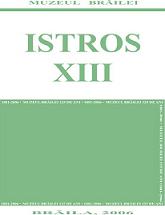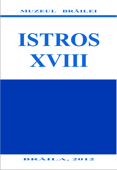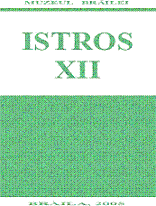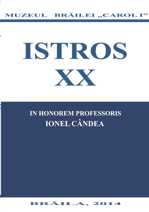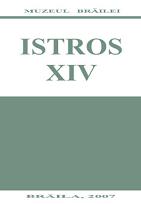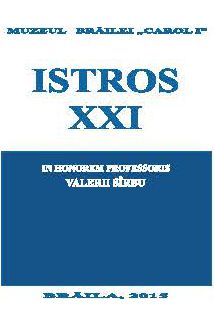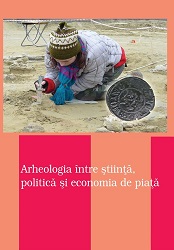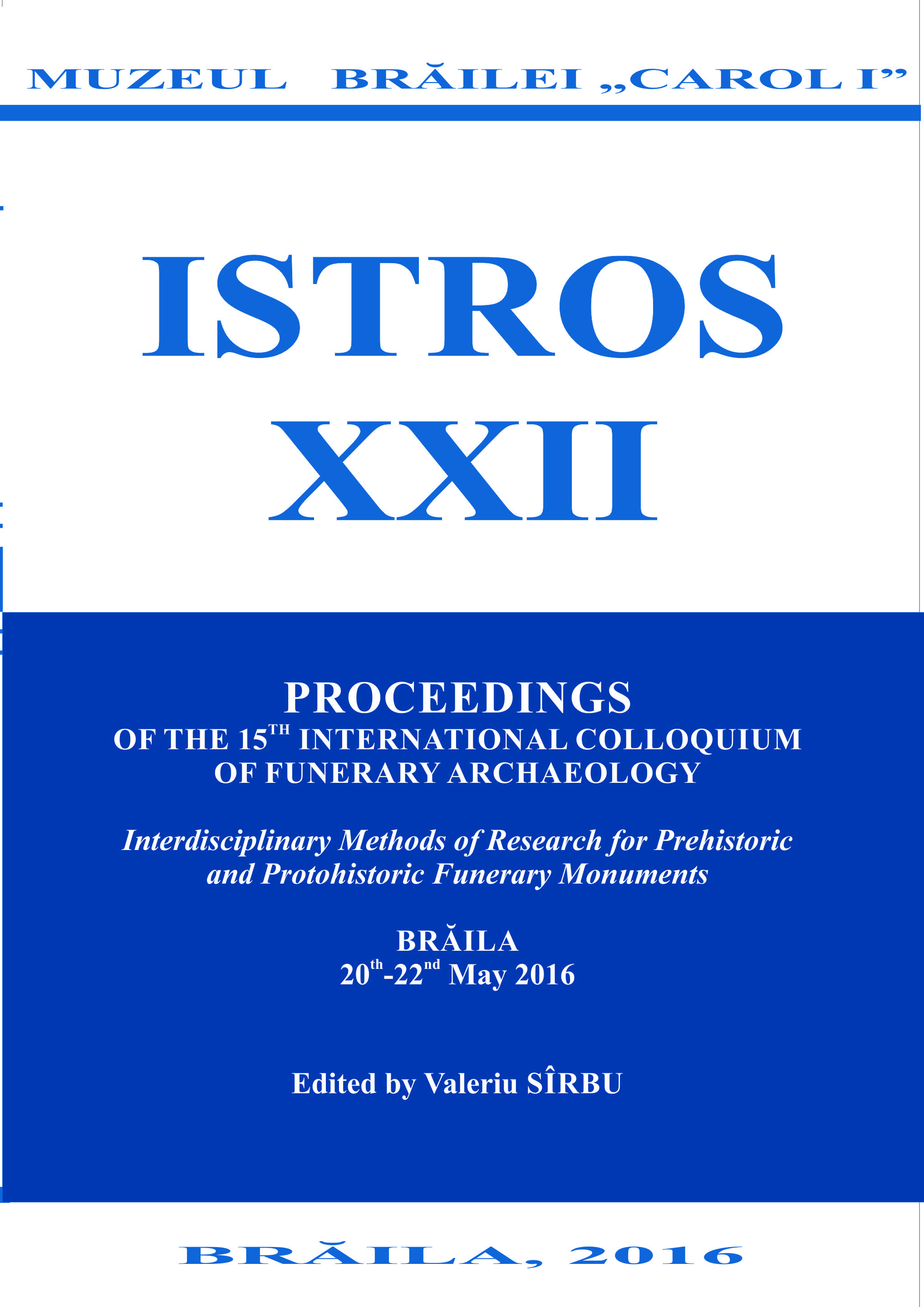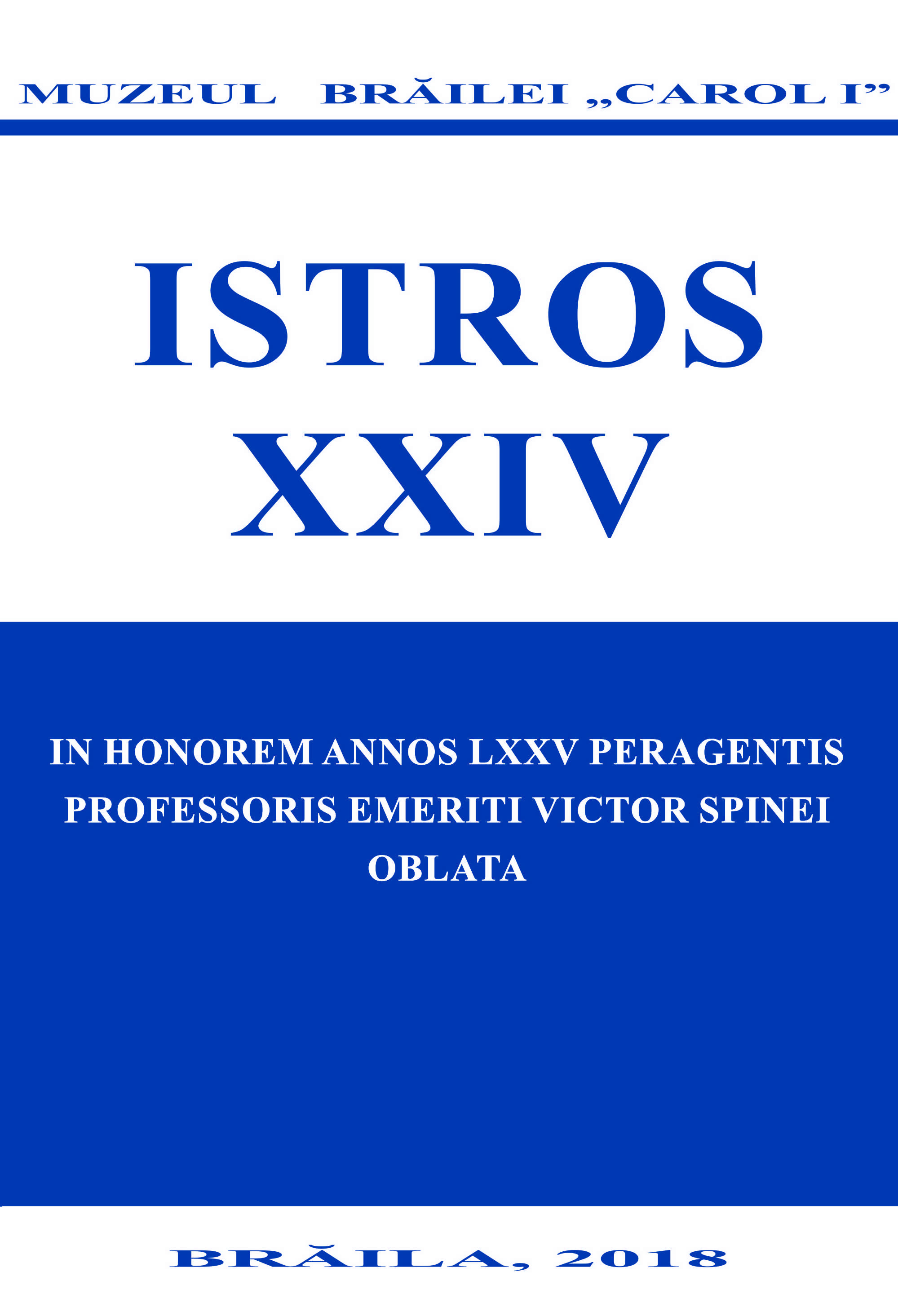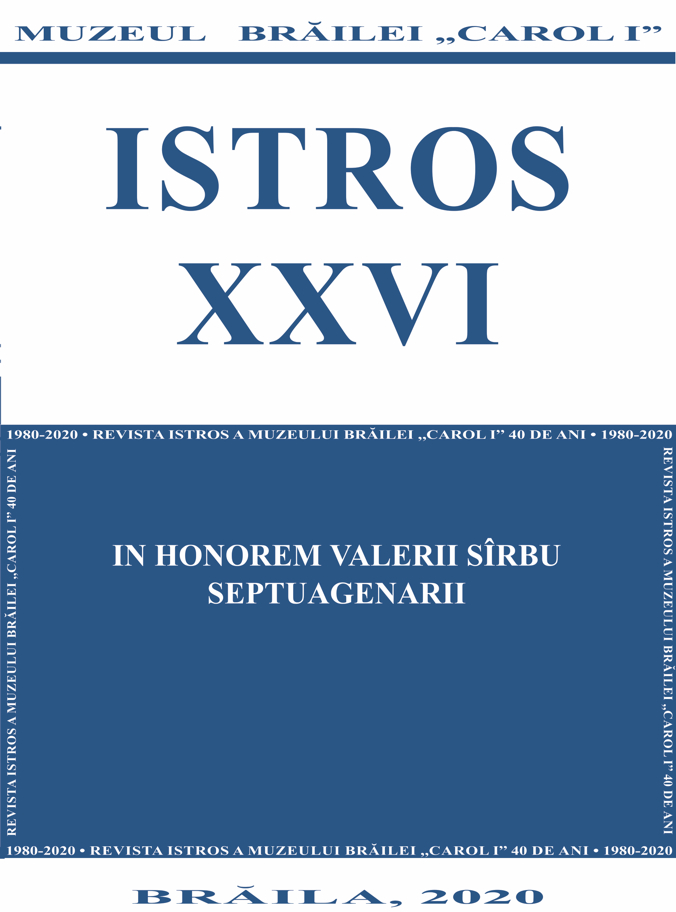
Remarques concernant un rituel funéraire insolite chez les Thraces nordiques aux Ve-IIIe siècles av. J.-C.
Observaţii privitoare la un ritual funerar insolit la tracii nordici din sec. V-III a. Chr
Keywords: Thraces septentrionaux; rituel funéraire insolite; incinération; grandes fosses.
Notre étude porte sur la coutume de déposer les défunts incinérés dans de grandes fosses, rectangulaires ou ovales, tout comme pour les tombes d’inhumation, rituel que l’on rencontre chez les Thraces septentrionaux seulement dans certaines nécropoles datées aux Ve – IIIe siècles av. J.-C. Dans la première partie nous nous proposons de présenter brièvement le répertoire des découvertes, tandis que dans la seconde, après avoir fait une analyse des caractéristiques essentielles de ces tombes, nous allons essayer de trouver les raisons de la pratique de ce rituel. Notre argumentation repose surtout sur les découvertes faites à Olteni et Coslogeni, car ce sont nos propres fouilles et parce que dans les autres cas, soit les découvertes sont peu nombreuses (Aghireş, Zimnicea), soit les informations sont incomplètes (Slobozia, Dănceni et Stelnica), ou encore inédites (Poieneşti et Boroşeşti). Nous nous sommes proposé d’aborder dans notre démarche seulement cet aspect des rituels, aussi n’allons-nous pas insister sur la description du mobilier, mais seulement y faire référence lorsqu’il s’agit de sa position dans la sépulture ou bien certaines de ses caractéristiques générales.
More...
